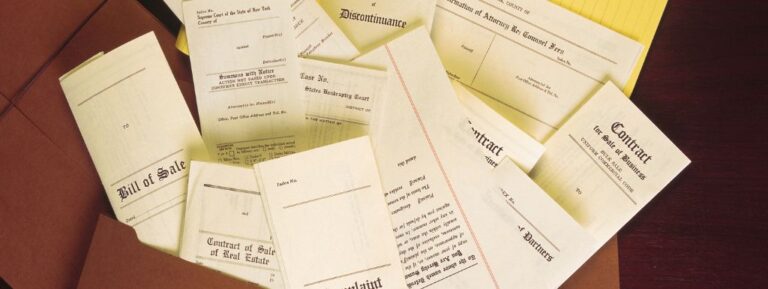Insolvency is the inability to pay bills as they become due. While the term ‘insolvent’ can apply to both companies and individuals, personal insolvency is more commonly referred to as ‘bankruptcy’ and is a vastly different process than company insolvency.
How to know if you or your company is becoming insolvent?
As a company director/owner, it is essential that you understand the warning signs of insolvency and know when it is time to seek help.
In the lead up to insolvency, some problems can include:
- Cash flow problems
- Inability to pay creditor bills within the outlined payment terms
- Needing to refinance in order to pay bills
- Letters from law firms or debt collectors demanding payment for outstanding invoices
What to do if your company becomes insolvent
Don’t panic! There are several potential outcomes if you company becomes insolvent. These include:
- Voluntary Administration
- Liquidation
- Receivership
Voluntary Administration (VA)
Voluntary administration (VA) is when the director/s of a company seeks assistance from an insolvency lawyer before being forced into liquidation by an unhappy creditor.
This is followed by an in-depth investigation into the company set-up, financials, and operations. This is to assess the VA and recommend either going into liquidation (more on this to come) or coming to an agreement with creditors in which the payment term is extended. So as to allow the company to trade out of its insolvency.
Liquidation
Liquidation is the process of selling the physical assets of a company and turning the asset into cash in order to pay off as much of the debt as possible. A liquidator will collate your assets and ‘liquidate’ them with the conclusion of this process being that the company will be closed, or registered. This is also known as “winding up”.
Liquidation can be recommended by a voluntary administrator or forced upon a company by a liquidator, usually acting on behalf of the group of creditors as a whole.
Receivership
Receivership is a situation where money is owed to a secured creditor (generally a bank), that creditor can appoint a ‘receiver’ to operate on their behalf. The receiver will then either liquidate the company assets or take control of the company operations so as to trade the business in the hope of repaying debts owed.
A key difference between liquidation and receivership is that a liquidator acts on behalf of all creditors, whereas a receiver acts only on behalf of the secured creditor. A receiver will first ensure that money owed to the secured creditor is paid before paying out other creditors.
What should you do now?
Alarm bells ringing? Whether you are a company director trying to avoid insolvency or have found your company to be insolvent, the worst thing you can do is to do nothing at all.
Contact our insolvency lawyers now to discuss your options in a no-obligation consultation with the experts. We will guide you, step by step through insolvency and ensure the best possible outcome for your circumstances. Call our Brisbane lawyers on (07) 3009 8444 or our Sydney lawyers on (02) 9307 8900. Alternatively, contact us to get started.
The blog published by Rostron Carlyle Rojas is intended as general information only and is not legal advice on any subject matter. By viewing the blog posts, the reader understands there is no solicitor-client relationship between the reader and the blog publisher. The blog should not be used as a substitute for legal advice from a legal practitioner, and readers are urged to consult RCR on any legal queries concerning a specific situation.



